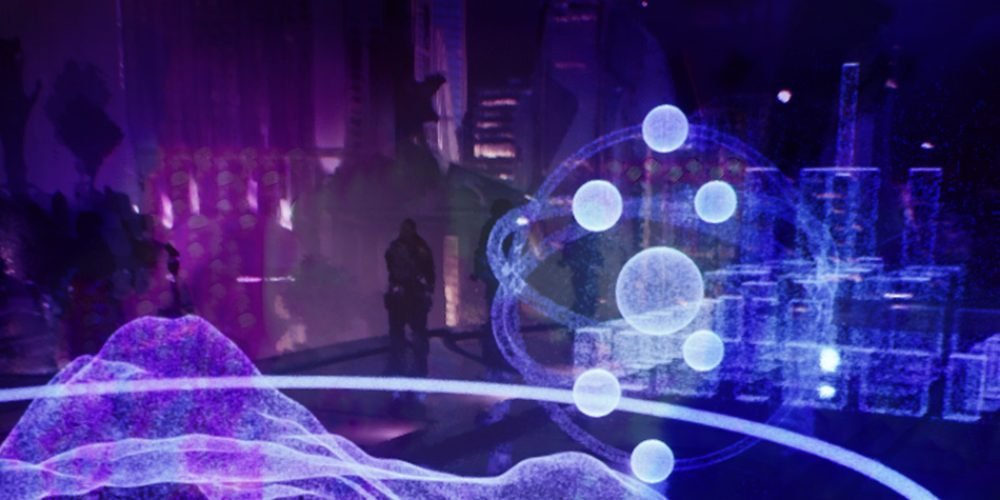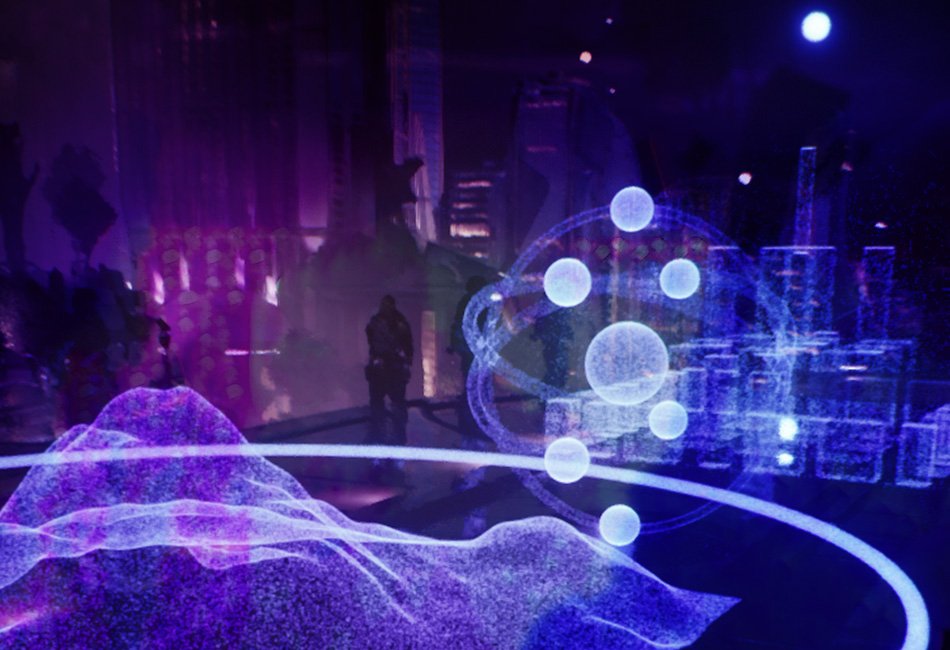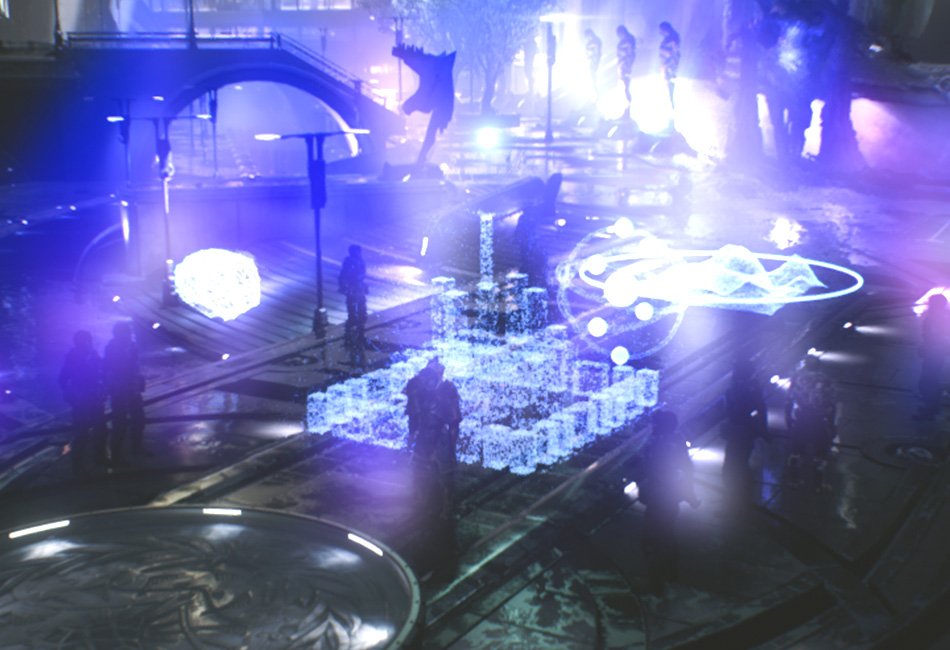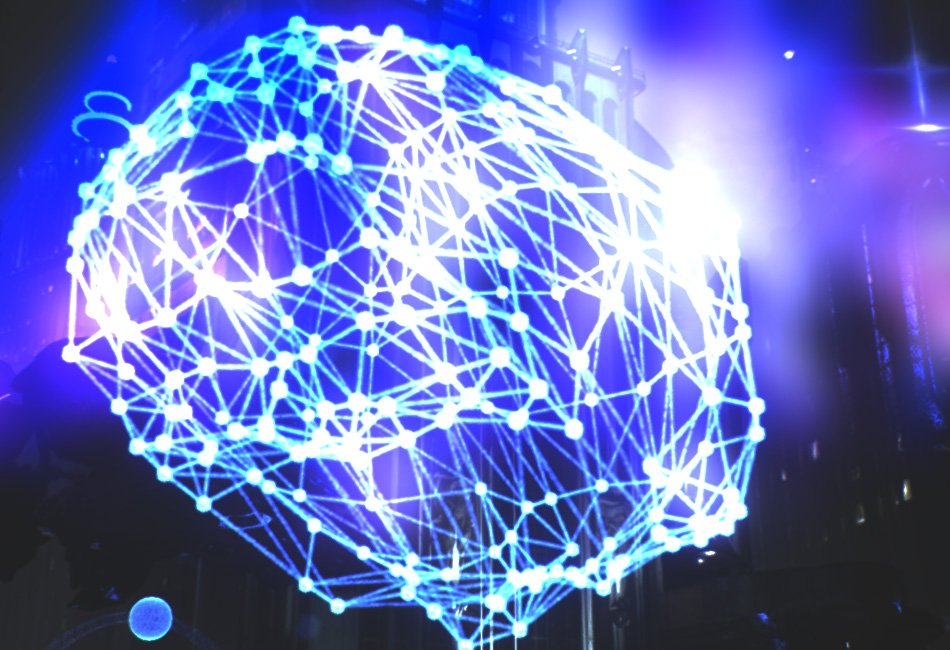What if your mind could outlive your body, transcending the limits of biology? Imagine a future where death is no longer an end but a transition—a world where consciousness can be uploaded, downloaded, or even transferred to another vessel.
The Promise of Digital Immortality
In an era defined by rapid advancements in technology, the concept of transferring human consciousness into new bodies—or even entirely synthetic ones—is becoming less speculative and more tangible. At its core, this idea revolves around simulated consciousness , a field that seeks to replicate the intricate workings of the human brain within artificial systems.
Scientists and futurists alike have long dreamed of breaking free from the shackles of mortality. The human body, though remarkable, is fragile and finite. Diseases, aging, accidents—all conspire against our desire for permanence. Enter the promise of digital immortality : the ability to preserve one’s essence beyond the physical realm. By mapping neural networks and encoding memories, thoughts, and emotions onto digital platforms, researchers believe they may someday create a “backup” of who we are.
But what does it mean to transfer consciousness? Is it merely copying data, or does it involve something deeper—the continuity of self-awareness? These questions lie at the heart of cognitive science’s greatest challenge.
This isn’t science fiction anymore; it’s the frontier of transhumanism and digital immortality. But how close are we to achieving this monumental leap in human evolution? Let’s dive into the possibilities.
To understand the feasibility of transferring consciousness, we must first grasp how the human mind operates. Cognitive scientists describe the brain as a complex network of billions of neurons interconnected through trillions of synapses. Each connection forms part of the vast tapestry of our identity—our personality, memories, and sense of self.
Advances in neuroscience and artificial intelligence have paved the way for ambitious projects aimed at simulating these processes. Initiatives like the Human Brain Project and companies such as Neuralink are working tirelessly to decode the brain’s architecture. Their goal? To build machines capable of mimicking—and eventually hosting—human cognition.
One promising avenue involves whole-brain emulation . This process entails scanning the brain at an unprecedented level of detail, capturing every neuron and synapse, then recreating it digitally. While still in its infancy, this approach has already shown potential in simpler organisms. For instance, researchers have successfully simulated the nervous system of a roundworm, demonstrating rudimentary behaviors akin to its biological counterpart.
However, scaling up to the human brain presents significant challenges. Not only would such a simulation require unimaginable computational power, but it also raises profound ethical and philosophical dilemmas. Would the digital version truly be “you,” or merely a copy? And if consciousness could indeed be transferred, would the original version cease to exist?
Transhumanism: Redefining Humanity
At the intersection of science and philosophy lies transhumanism , a movement advocating for the enhancement of human capabilities through technology. Proponents argue that merging biology with machines will allow us to overcome the limitations imposed by nature. In this vision of the future, humans might upload their minds to robotic bodies, explore distant planets without fear of environmental hazards, or even inhabit virtual worlds indistinguishable from reality.
Consider the implications: individuals diagnosed with terminal illnesses could extend their lives indefinitely by transferring their consciousness to healthier vessels. Aging populations could avoid the decline associated with growing older, preserving both mental acuity and physical vitality. Even those seeking personal growth might opt to augment their intellect, creativity, or emotional resilience.
Yet, critics warn of unforeseen consequences. What happens when access to such technologies becomes unequal? Could we see a new form of social stratification emerge, dividing society between those who can afford immortality and those left behind? Moreover, what safeguards would prevent misuse? The prospect of weaponizing consciousness—or erasing it altogether—is chilling.
Challenges on the Path to Mind Transfer
Despite the allure of digital immortality, numerous obstacles stand in the way. First and foremost is the sheer complexity of the human brain. Unlike computers, which operate on binary code, the brain relies on dynamic, analog processes that defy straightforward replication. Even minor errors during the scanning or emulation phases could result in catastrophic failures—or worse, distortions of identity.
Another hurdle is energy consumption. Simulating just a fraction of the brain’s activity demands enormous resources. Scaling this up to encompass an entire human mind would necessitate breakthroughs in quantum computing and sustainable energy solutions.
Ethical considerations further complicate matters. If consciousness can be transferred, should it? Who decides which versions of ourselves get preserved, and under what circumstances? And what rights would digital entities possess? These questions demand careful deliberation before any large-scale implementation occurs.
A Glimpse Into the Future
While full-scale mind transfer remains speculative, incremental progress continues to inspire hope. Virtual reality (VR) and augmented reality (AR) offer glimpses of what life might look like in simulated environments. Meanwhile, advances in prosthetics and brain-computer interfaces hint at the potential for seamless integration between man and machine.
Imagine waking up tomorrow in a body engineered to withstand extreme conditions—whether deep space exploration or underwater colonization. Picture yourself stepping into a VR world so immersive that you forget it’s not real. These scenarios may sound far-fetched today, but they represent the logical extension of current trends.
Are You Ready to Embrace the Future?
The journey toward holographic consciousness is fraught with uncertainty, yet brimming with possibility. As science inches closer to unlocking the secrets of the mind, each of us faces a critical choice: Do we cling to traditional notions of humanity, or do we embrace the transformative potential of technology?
Now is the time to engage with these ideas. Educate yourself about the latest developments in cognitive science and transhumanism. Support research initiatives striving to make digital immortality a reality. Advocate for policies ensuring equitable access to life-extending technologies while safeguarding against abuse.
Your voice matters. Together, we can shape a future where death no longer dictates the boundaries of existence. Will you join the movement toward boundless horizons? The path begins here—with curiosity, courage, and a willingness to redefine what it means to be human.
Step forward. Explore the frontiers of consciousness. Because the next chapter of humanity’s story starts with you.






2 Comments
I find the idea of reality being a hologram both exciting and terrifying. 😳 If everything we see and feel is just an illusion, what does that say about our choices, emotions, and experiences? Is there even such a thing as free will? It’s a crazy thought, but it also makes me appreciate the beauty of the real world that we live in—hologram or not!
It would be wild to experience, but also liberating. Imagine the freedom of discovering a whole new reality. Sounds like the plot of an epic movie, but what if it’s real? 🎬💭